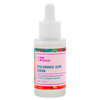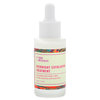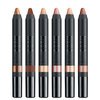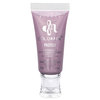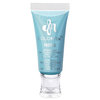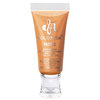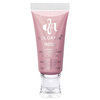
In mid-June, the FDA announced new regulations that will substantially change the future of sunscreens in the United States. "We've been waiting for a packaging regulation overhaul like this since the '70s," says Miami-based dermatologist Dr. Marta I. Rendon. "The FDA took their time on this ruling—new guidelines like these will really impact the industry. All of the outlined rules are important and dermatologists have been buzzing about it for a long time. It's a big change for brands—the labeling, the new packaging, and the cost! They have a year to comply with the new standards so they can gradually phase in new packaging." In part 1 of our article, we discuss the classification of broad spectrum sunscreen and how important the SPF number really is.
BROAD SPECTRUM CLASSIFICATION
Sunscreens that pass the FDA's broad spectrum test procedure, which measures a product's UVA protection relative to its UVB, may be labeled as "Broad Spectrum SPF" [number] on the front label.
"For years, we thought that UVB was solely responsible for skin cancer. As we learned more about the harmful effects of UVA, we realized it was dangerous too," says Dr. Rendon. "People think SPF protects against both UVA and UVB, but it only protects against UVB. We don't actually have a specific grading system like we do for UVB. The new ruling states that a sunscreen with a 'broad spectrum' label must protect against both. Hopefully, we'll develop a UVA grading system in the future so it's less confusing."
DR. RENDON'S TIP
"There are two active ingredients that are proven to protect against UVA effectively: Helioplex and Mexoryl. These new kids on the block are found in Neutrogena and L'Oréal sunscreen lines."
SPF LEVEL CLAIMS
Broad Spectrum sunscreens with an SPF value of 15 or higher can claim to reduce the risk of skin cancer and early skin aging if used as directed with other sun protection measures. Non-Broad Spectrum sunscreens and Broad Spectrum sunscreens with an SPF value between 2 and 14 can only claim to help prevent sunburn.
"Because of the data we've analyzed, the minimal benchmark for sun protection starts at SPF 15. Efficient protection begins at the 15 level, peaks at 30, and plateaus at 50. We don't have sufficient evidence to prove that a 50+ SPF is any more effective than 30. I've reviewed the studies and the difference is incredibly minimal—it's not worth the extra expense."
Make sure to read Part 2 of our FDA Sunscreen series to find out why "waterproof" sunscreens and even the term "sunblock" are going to be illegal.
You Might Also Like
-

Fashion Week News
Basso and Brooke, London Fashion Week S/S 2012
- 2
-
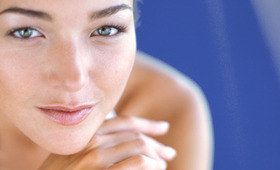
Expert Skin Care Advice
Discover Your Sexiest Week of the Month!
- 218
-
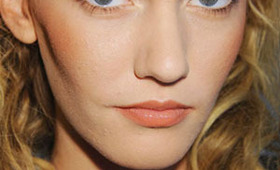
Fashion Week News
Dean Quinn Nails, New York Fashion Week S/S 2012
- 8
-
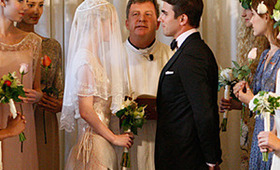
Fashion Week News
Imitation of Christ Makeup, New York Fashion Week S/S 2012
- 2
-

Fashion Week News
Tropical Escape
- 33
-

News
Is Your Pet as Pretty as You?
- 57
-

Fashion Week News
Véronique Leroy Makeup, Paris Fashion Week S/S 2012
- 6
-

Fashion Week News
Nina Ricci Hair, Paris Fashion Week S/S 2012
- 4





